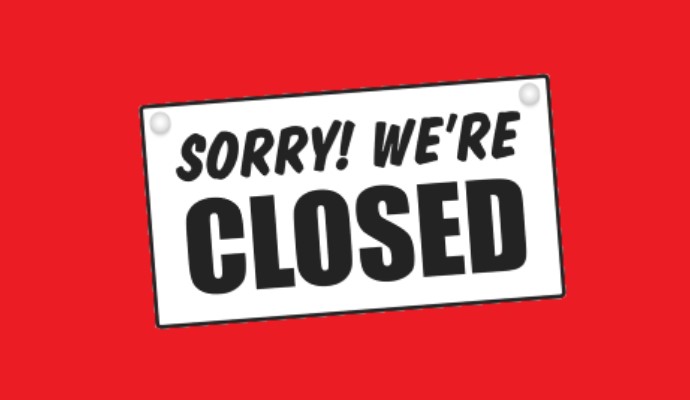20% of Primary Care Practices Anticipate Closing in a Month
Primary care practices are at serious risk of closing as patient volume and revenue continue to sharply decline during the COVID-19 pandemic.

Source: Getty Images
- Primary care practices are facing significant financial challenges as a result of the COVID-19 pandemic, leaving 20 percent of practices without the resources they need to remain open beyond the next four weeks, a new survey showed.
For more coronavirus updates, visit our resource page, updated twice daily by Xtelligent Healthcare Media.
The survey conducted April 10 through 13 by the Primary Care Collaborative and the Larry A. Green Center underscored the financial implications of the COVID-19 pandemic on physician practices.
Close to half (46 percent) of the over 2,600 primary care physicians, nurse practitioners, and physician assistants surveyed were unsure if their practice will have enough cash to keep their practices open the next four weeks. About 42 percent also reported concerns about layoffs and furloughed staff, with an overwhelming majority (85 percent) noticing sharp decreases in patient volume.
“We’re seeing so much economic pain among patients and practices. When primary care is endangered, patients and the whole health system are endangered,” stated Rebecca Etz, PhD, co-director of the Larry A. Green Center and associate professor of family medicine and population health at Virginia Commonwealth University.
The challenges of primary care during the pandemic will make it harder to reopen the economy, and it could be near impossible if there is not enough testing or personal protective equipment (PPE), Etz added.
About a third (34 percent) of clinicians responding to the survey said they have no capacity for COVID-19 testing and 32 percent have only limited capacity. Over half (53 percent) also reported a lack of PPE, with a majority (58 percent) relying on used or homemade devices to protect themselves.
Primary care practices are hoping to receive external financing support to keep their businesses open. About a fifth of survey respondents reported that their practice is likely to apply for a Small Business Administration loan in the next four weeks.
However, respondents noted that applying for external financial help is onerous and the promised support is lower than reported.
Shortly following the close of the survey, the Small Business Administration also reported that it is no longer able to accept new applications for the Payroll Protection Program. The program was a key effort from the federal government to keep small businesses operating during the COVID-19 pandemic.
“Congress must take rapid and decisive action with the fourth stimulus bill to make sure that the US’s primary care practices remain viable, including investing in a Medicare and Medicaid per patient monthly payment for the balance of 2020,“ said Ann Greiner, president and CEO of the Primary Care Collaborative. “Independent, rural and safety-net clinicians taking care of the country’s most vulnerable patients must be prioritized.”
Policymakers are currently devising a fourth coronavirus stimulus package, which could include $450 billion for small businesses and hospitals hurt by COVID-19, national news sources reported earlier this week.
However, primary care practices also need help with virtual care in order to survive the economic hit from COVID-19, the survey showed.
In the survey, 65 percent of respondents reported having patients who cannot use virtual health because they lack a computer or internet access.
Additionally, full-scale use of virtual platforms is still limited, with just 34 percent relying on majority use of video, 15 percent on e-visits, and 19 percent on patient portal use. In comparison, 48 percent of primary care clinicians conduct the majority of visits by phone, the survey found.
Overall, 22 percent of practices reported no use of video visits, 42 percent reported no use of e-visits, and 28 percent not using patient portals.
But even practices leveraging virtual care to alleviate patient volume challenges during the pandemic are unsure they will get paid for the services. A majority of survey respondents said they were uncertain they will receive reimbursement for virtual care.
About 44 percent of respondents were also unsure their practice would get reimbursed for conducting visits over the phone.
Medicare has lifted restrictions related to virtual visits for physicians during the national emergency. But Medicare’s decision to reimburse practices for virtual care for beneficiaries does not guarantee reimbursement among private payers.
